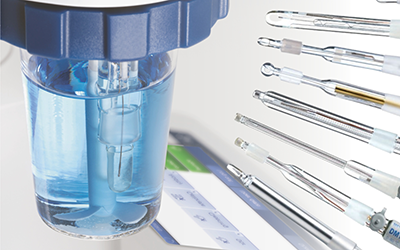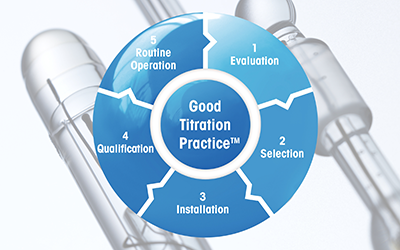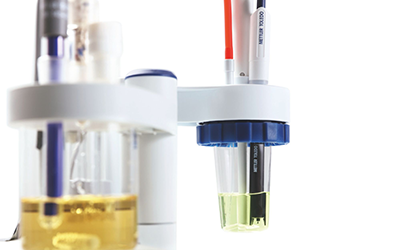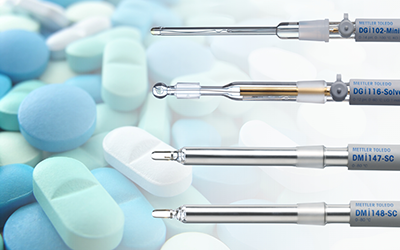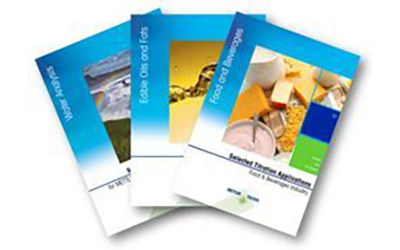
Titration Sensors
Choosing the Right Sensors or Electrodes for Your Titration Applications
METTLER TOLEDO offers durable and reliable titration sensors critical in accurately calculating substance concentration in samples. These sensors are available in various designs and perfectly matched reference systems, glass membranes, and diaphragms, and are suitable for diverse applications such as Karl Fischer titration. The right combination of METTLER TOLEDO titration sensor and titrator provides the perfect solution for specific segment applications.
Advantages of METTLER TOLEDO's Titration Sensors
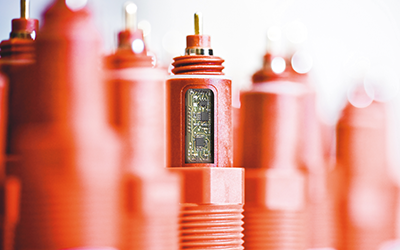
Plug and Play
The Sensor Chip in the electrode head stores data such as sensor type, serial number, calibration data, and usable life, which is automatically read out to the titrator setup when connected. That ensures, without any action on the part of the operator, that only the correct sensor with the specific, valid data is used.
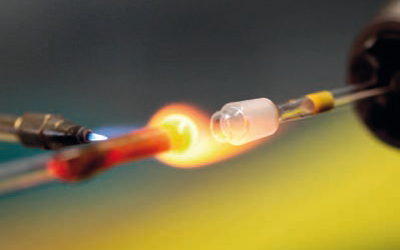
Precision and Reliablility
Alongside experienced craftsmanship, the maximum utility of automated production methods ensures the consistently high quality expected of the sensors.
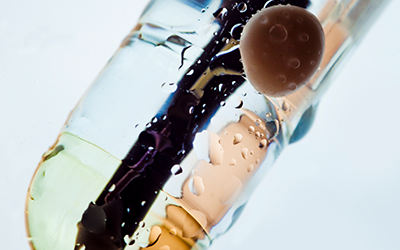
Guaranteed Quality
No sensor leaves the production facility untested. Only on successful completion of the final check do the sensors receive their individual quality certificates ready for dispatch. Strict guidelines regarding the slope or membrane glass resistance of the pH sensors guarantee ultimate performance.

Smart Design
The METTLER TOLEDO ARGENTHAL™Ag/AgCl reference system with silver-ion trap keeps the reference electrolyte completely free of silver ions, preventing precipitation with sulfide, protein, or TRIS buffer - containing solutions.
Explore our Services - Tailored to Fit your Equipment
We support and service your measurement equipment through its entire lifecycle, from installation to preventive maintenance and calibration to equipment repair.
Support & Repair

FAQs
What types of titration sensors are available for pharmaceutical applications?
METTLER TOLEDO offers a variety of titration sensors or electrodes that are suitable for pharmaceutical applications. Selecting the right titration sensors is important. Below are some examples.
- DGi117-water: Plug & Play combined pH electrode with ground glass sleeve junction and integrated temperature sensor for direct pH measurement and acid/base titrations with temperature measurement in aqueous solutions of low ion conductivity and low buffer capacity
- DGi116-Solvent: Plug & Play combined glass pH electrode with a movable easy-to-clean sleeve junction for acid/ base titrations in non-aqueous media
- DMi147-SC: Plug & Play combined platinum ring electrode for redox titrations at constant pH
- DMi148-SC: Plug & Play combined silver ring electrode for precipitation titrations at constant pH
- DGi102-Mini: Combined semi-micro glass pH electrode with a ceramic frit for direct pH measurement and acid/ base titrations in an aqueous medium. A robust mini-electrode for small sample volumes
For more information, download the Poster of Right Titration Electrodes for Pharmaceutical Applications
What types of electrodes suit petrochemical or oil titration applications?
METTLER TOLEDO offers versatile and reliable titration sensors or electrodes for oil applications. Below are some examples.
- DGi116- Solvent: Plug & Play combined glass pH electrode with a movable easy-to-clean sleeve junction for acid/base titrations in non-aqueous media
- DMi145-SC: Plug & Play combined silver ring electrode with a movable easy-to-clean sleeve junction for precipitation titrations in dirty or viscous samples
- DM405-SC: Combined Ag2S-sulfidized silver billet electrode for precipitation titrations
- DMi148-SC: Plug & Play combined silver ring electrode for precipitation titrations at constant pH
- DG300-SC: Glass half-cell pH electrode for acid/base titrations for non-aqueous matrices in conjunction with reference electrode DX200
For more information on application examples related to standard test methods such as ASTM, IP, and DIN ISO, please download the datasheet.
How does a Karl Fischer titration electrode work?
In Karl Fischer water determinations, a polarized platinum double-pin electrode is used to detect the presence of water in a sample. The electrode consists of two platinum pins that are constantly polarized with a current (Ipol), while the potential required to maintain this current is monitored. At one of the pins, iodine molecules are reduced to iodide ions, while at the other pin, iodide ions are oxidized back to iodine. This process creates an increased flow of charge carriers, which reduces the required potential. When water is present in the sample, all the iodine molecules are consumed, leading to a higher potential. Therefore, measuring the change in potential can accurately determine the amount of water in the sample.
How do I properly maintain a titration sensor?
To ensure optimal performance and longevity, regular maintenance is crucial. Here are some general key points for properly maintaining a titration sensor:
- Clean the sensor
- Calibration
- Storage
- Handle with care
- Electrode protection
- Routine inspection
- Proper electrolyte refilling
If you are interested in more details, you can download Our GTP guide for titration sensors
